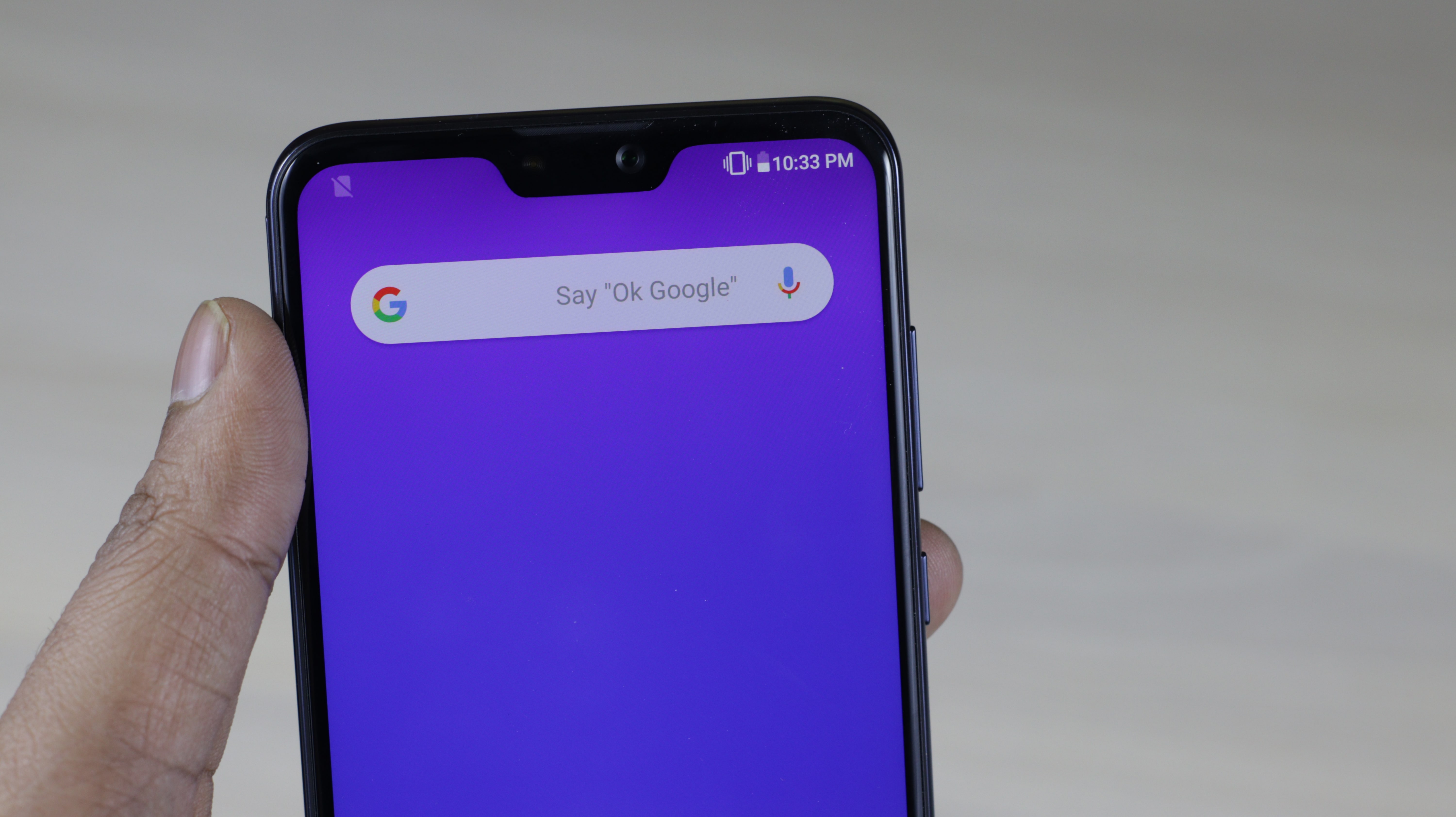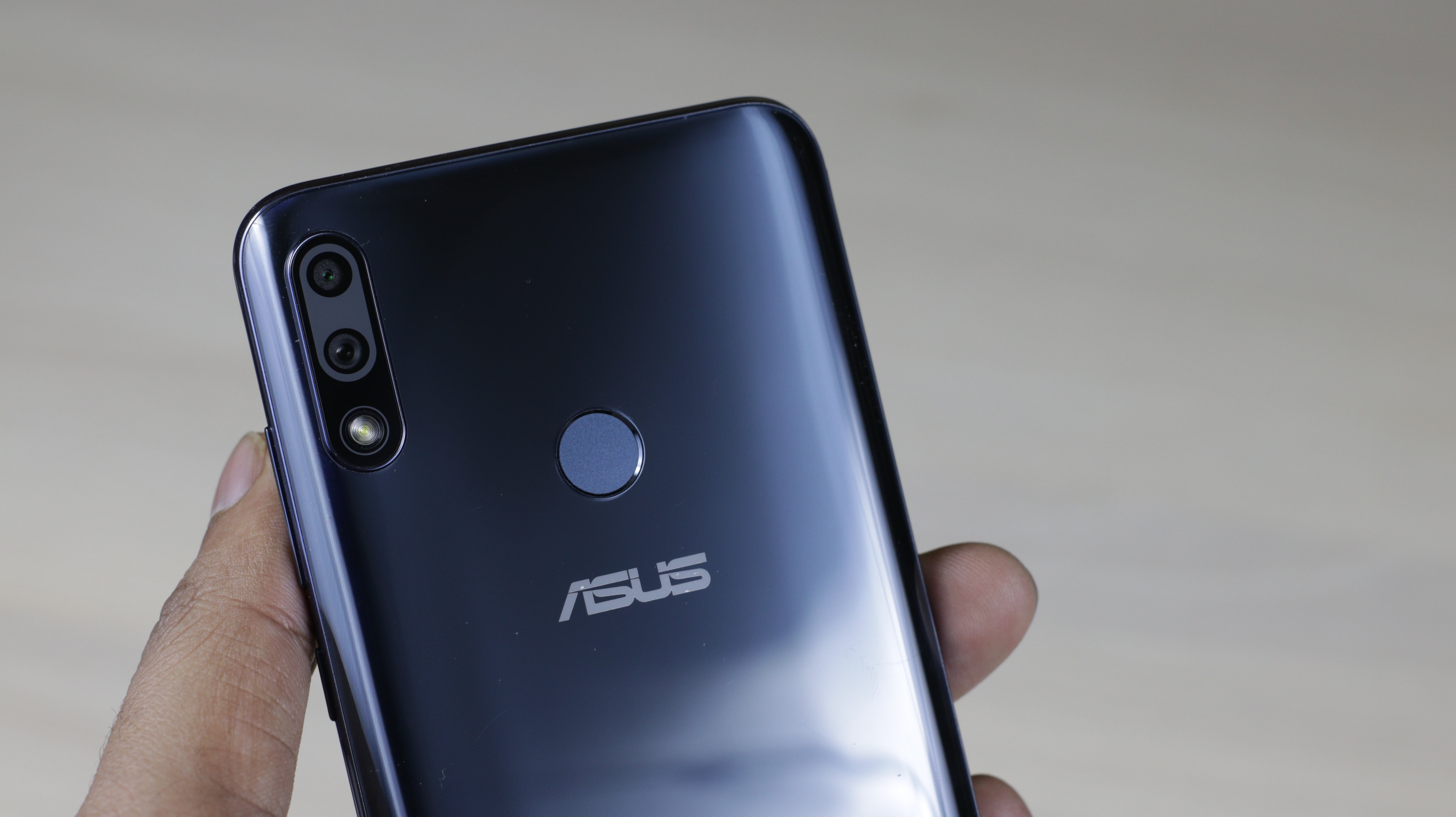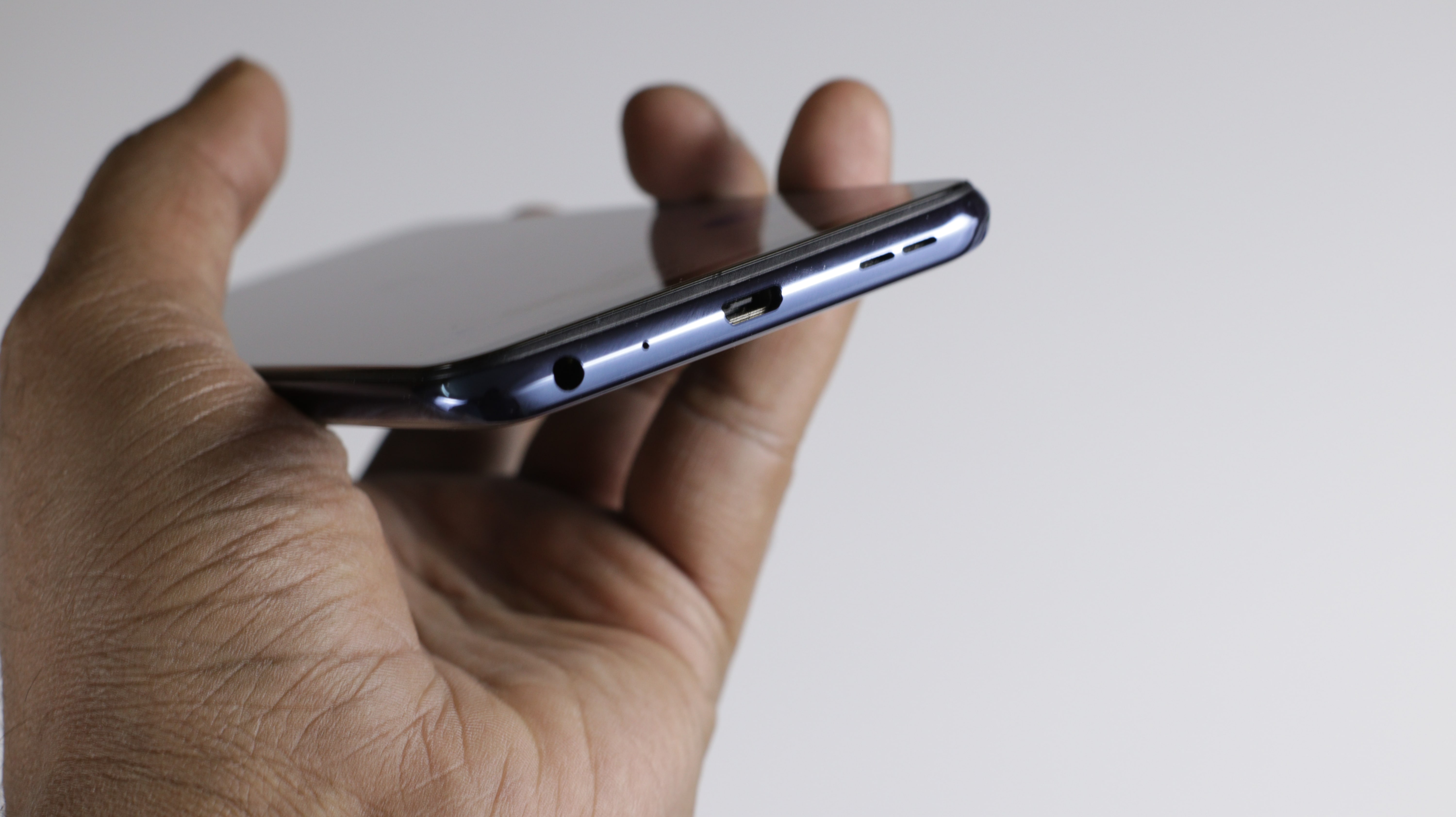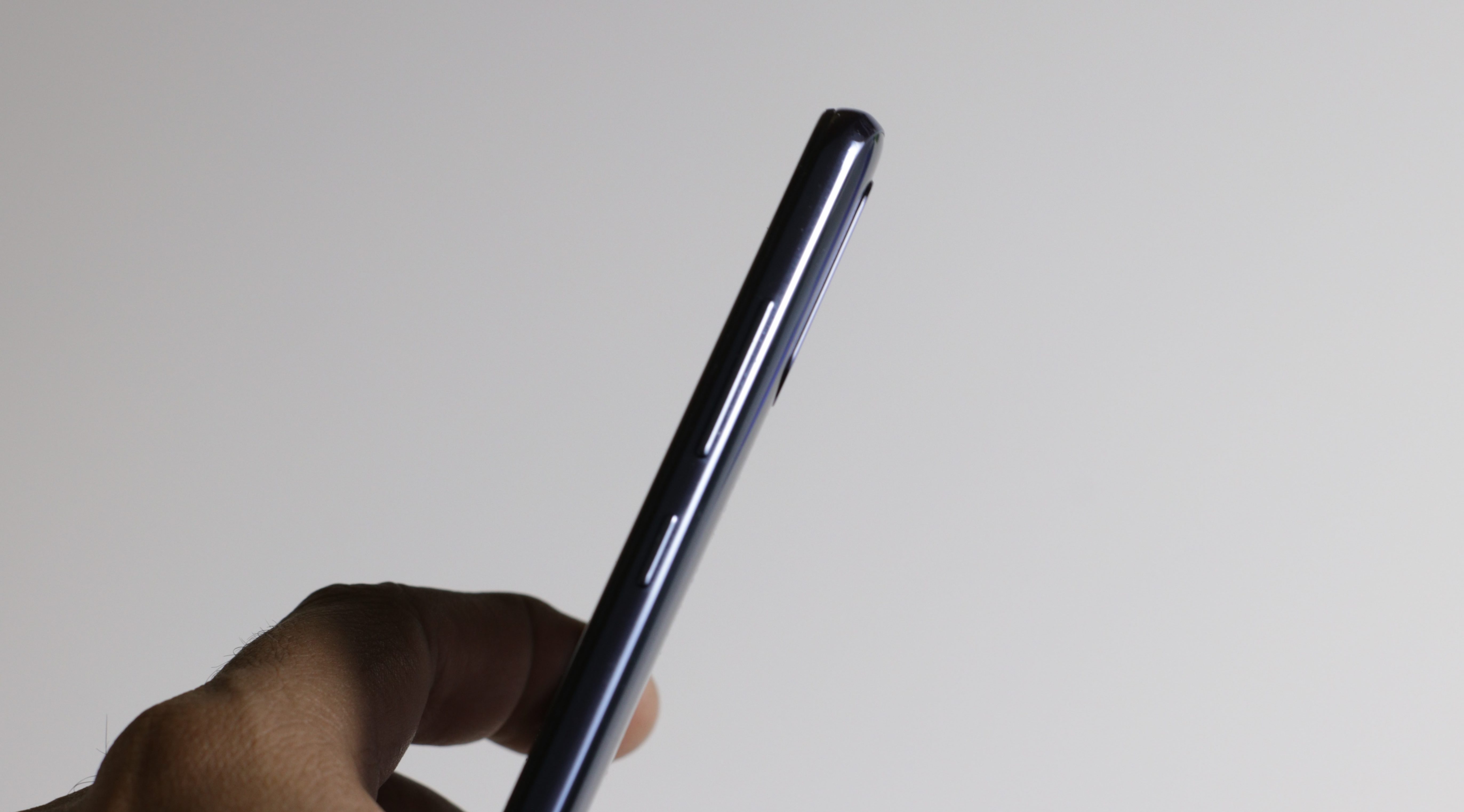After a stagnant growth period, Asus has pulled all the stops out to capture the Indian market. Asus has jumped up the product launches targeted at the millennial class of the Indian smartphone market. This aggressive product lineup resembles the strategy, from the likes of Xiaomi, Vivo, Oppo, etc. This fierce competition entails a worthy device to stack against the market player like the Redmi Note 6 pro.
In a bid to deliver the same, Asus launched the new ZenFone Max M2 Pro which is the latest iteration of the Max M1 that garnered a lot of attention last year. ZenFone Max M2 Pro carries a modern design, snappier processor and new and improved camera. But does this device give Asus a run for its money? Let’s find out!
Design
For a phone that comes within eight months, ZenFone Max M2 Pro doesn’t seem to resemble its predecessor in any sense. Thick top bezel has given way to notched display design, but bottom bezel remains huge which steals the experience of true-bezel less display.
ZenFone Max Pro M2 sports a dual camera set up at the back with a fingerprint scanner positioned at the centre. Max M2 has a 6.26-inch display with a 19:9 aspect ratio. The Corning Gorilla Glass 6 on the front bears a segment first claim by Asus which is good gesture considering the price point it comes at.
Cost cutting is quite evident with the glossy plastic built on the back instead of the aluminium frame. Bottom carries a standard Micro-USB port, primary microphone, 3.5mm headphone jack, and a loudspeaker. Despite packing a 5000mAh battery, Max M2 feels as light as any other smartphone in its segment.
Overall, the ZenFone Max Pro M2 seems to be a head turner with its flashy flamboyant design while being adequately robust at the same time.
Display
The ZenFone Max Pro M2 comes with a 6.26-inch, 2280×1080 resolution IPS LCD with a 19:9 aspect ratio. At 450 nits of peak brightness, the screen is quite legible under direct sunlight.
 The display colour temperature is too cold, rendering a bluish tint. However, you can fiddle around with the screen settings in the phone to your liking. Automatic backlight dimming is a letdown in itself, the screen struggles to recognize important content and ends up turning the brightness down, irrespective the conditions. This feature is especially annoying while watching a video where this display feature induces large variations in the backlight intensity, every time the image changes. Finally, you end up turning the brightness level which none the less stresses your eyes.
The display colour temperature is too cold, rendering a bluish tint. However, you can fiddle around with the screen settings in the phone to your liking. Automatic backlight dimming is a letdown in itself, the screen struggles to recognize important content and ends up turning the brightness down, irrespective the conditions. This feature is especially annoying while watching a video where this display feature induces large variations in the backlight intensity, every time the image changes. Finally, you end up turning the brightness level which none the less stresses your eyes.
In all, the display on the ZenFone Max Pro M2 is decent for the price. However, it could do well with accurate colour reproduction and doing away with gimmicky features like the automatic contrast adjustment.
Software
The game changer for the success of Asus Max Pro has been the stock Android OS- Out of the box. With timely updates and stock bloatware, it seems to be a favored UI for the likes of Android purists. The smartphone ships with Android 8.1 Oreo with a promised Android Pie rollout in Jan 2019.
Asus has added some key customizations in form of gestures that let you double-tap the screen to wake the device or to put it to sleep, a Smart Screen On feature that prevents the phone from going into standby while you are looking at it.
The small notch helps to notice all the pending notifications that pile up beside the notch but a feature missing here would be a provision to hide the notch completely. There are some nick picks like these that let down the overall experience like the placement of Wi-Fi and network bar to the left eating up some room that could have filled up some notification. Although M2 packs the stock OS, it still depends on Asus to release timely updates or security patches which is a big bummer.
Performance
The ZenFone Max M2 Pro runs on a Qualcomm Snapdragon 660 chipset which assures a snappy overall performance. Coupled with the stock UI the performance is faster with fluid transitions. It comes with a choice for 32GB (3GB Ram) or 64GB (4GB Ram) storage option. Games ran easily without any stutter or lag, frame rates were acceptable until we boosted the graphics to extreme.
Zenfone Max M2 scored a respectable 1455 in single core and 5225 points in multi-core benchmark on Geekbench 4.
Camera
 Asus ZenFone Max Pro M2 comes with a dual-camera setup on the rear with 12MP primary unit and 5MP depth sensor which can capture 4K videos.
Asus ZenFone Max Pro M2 comes with a dual-camera setup on the rear with 12MP primary unit and 5MP depth sensor which can capture 4K videos.
The camera app is natively easy to use. It offers quick toggles for shooting modes, beautification, the depth effect, and the flash. A manual mode that lets you adjust focus, shutter speed, ISO, exposure, and white balance.
The images from the camera unit seem quite elegant. Colours and white balance are ideal, the level of detail is good and the images have very little noise, even in indoor situations. However, the camera fails to catch the appropriate dynamic range where it tends to blow the saturation, losing out on essential details. The 4K videos looked good with adequate details and accurate colour reproduction.
Low-light camera performance was average as the images came out to be grainy and lacked the colours we were hoping to see. Selfies came out good, with Face detection ON, the subject stays in focus owing to the software enhancement in place.
Battery life
Battery Life is remarkable owing to the big 5000mAh battery on board. With aggressive all day usage ( Instagram, Whatsapp, Netflix and PUBG) we managed to kick 50% off the battery with still a day worth of juice left. The battery doesn`t come with quick charging support, hence it took almost 3 hours to top up the battery back to 100%.
Gizmo Verdict
The Asus ZenFone Max Pro M2 has to fill the shoes of its ancestor who managed to create the hype through its strong battery life, performance and stock UI. Max M2 Pro successfully builds on this premise to deliver more value for the money through its latest processor, bigger battery, stock Rom and upgraded camera quality.
If battery life is all that you are looking for Max M2 Pro is the best bet, considering it fares well in other areas. It’s a chance you won`t regret taking!

